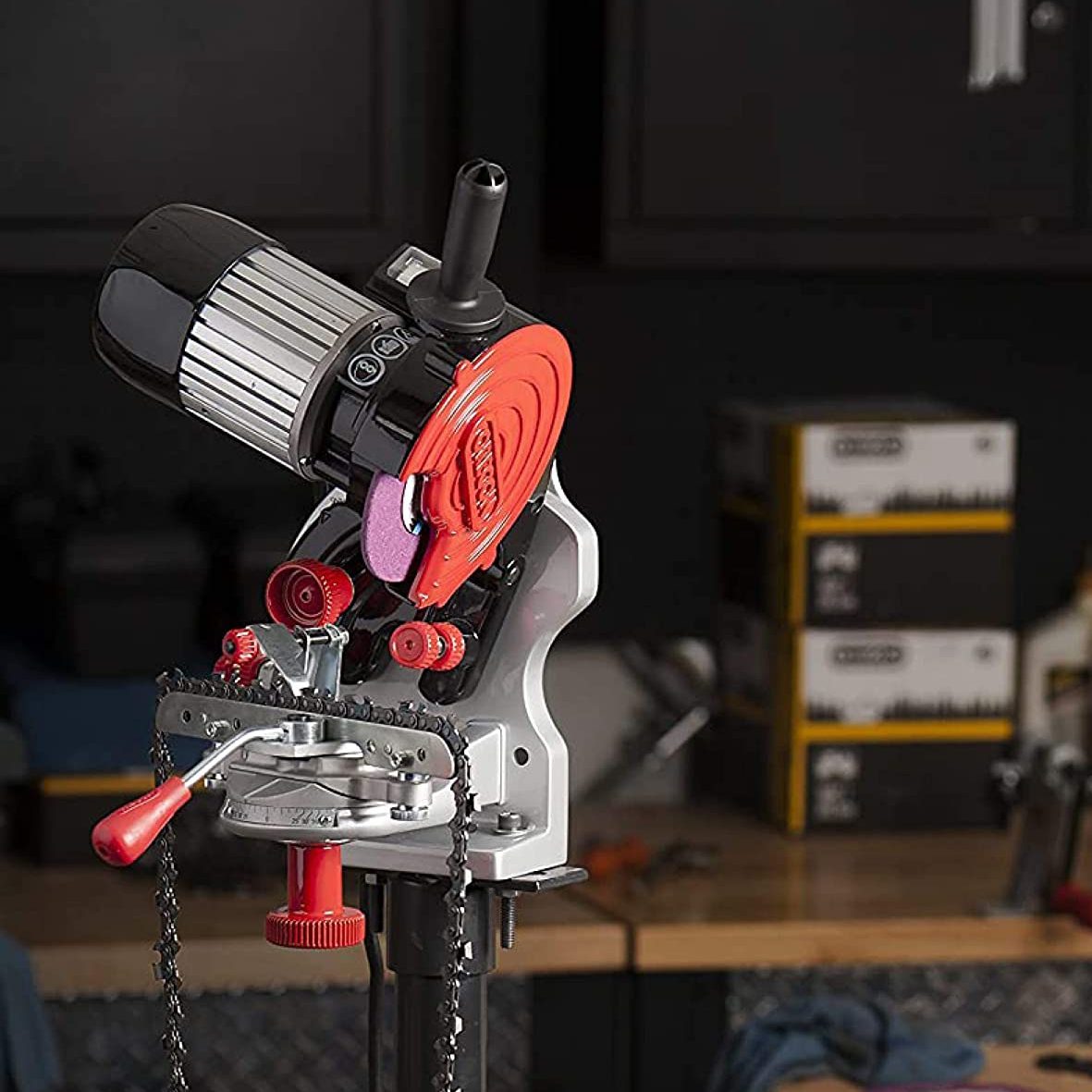
Buying a Chain Saw Sharpener
Chainsaws are extremely useful tools for felling trees, as well as cutting up downed trees and large branches. Unfortunately, they’re much less effective and efficient when their chains are dull.
A chain saw sharpener keeps your chains in top shape. Once you get the hang of it, you can save time and money you’d otherwise spend on a professional sharpening service. Performing power tool maintenance tasks helps me more fully understand the mechanics of the tools, and gives me a deeper appreciation of how they work.
Chain saw sharpeners can vary. Some may be better suited for you than others, depending on your experience and how frequently your saws need sharpening. Here, I drew on my own experience plus valuable insight from an expert in the chainsaw and sharpening field, Dan Morris of Fire and Saw, to help you choose the best sharpener.
Factors to consider include:
Sharpener type: According to Morris, the two types to consider are a simple handheld file or bench grinder-style sharpener. While manual files are cheaper, Morris said they time and practice to master. “You usually need someone to teach you in person, rather than just watching YouTube videos,” he said.
Bench grinder sharpeners let you sharpen the chain faster, but can easily damage the chain if you’re not sure what you’re doing. Electric hand-held sharpeners exist but Morris doesn’t recommend them; he considers them “a bit gimmicky.”
Cutting area: If you work far from your primary workshop or garage, you probably can’t easily mount and operate a bench grinder sharpener. Lighter tends to be better in these situations, and a manual file is the best call if you need to sharpen your saw quickly out in the field. If you’re working in your backyard and there’s a workbench close by, a bench grinder-style sharpener is more convenient, especially if you’re an experienced sharpener.
Chain type: Make sure your sharpener can handle the pitch (the average distance between rivets) of the chain you’re sharpening. The most common are 3/8-in. and .325-in., Morris says, although your chain may differ. Double-check that yours is compatible with the sharpener. This measurement should be easily found on your saw.
This video from Corey Thayer, a professional tree feller, should answer any additional questions regarding chain types.
Did you miss our previous article...
https://rsssuperfeeds.com/life-hacks/how-to-fix-a-front-loading-washing-machine-that-wont-drain






